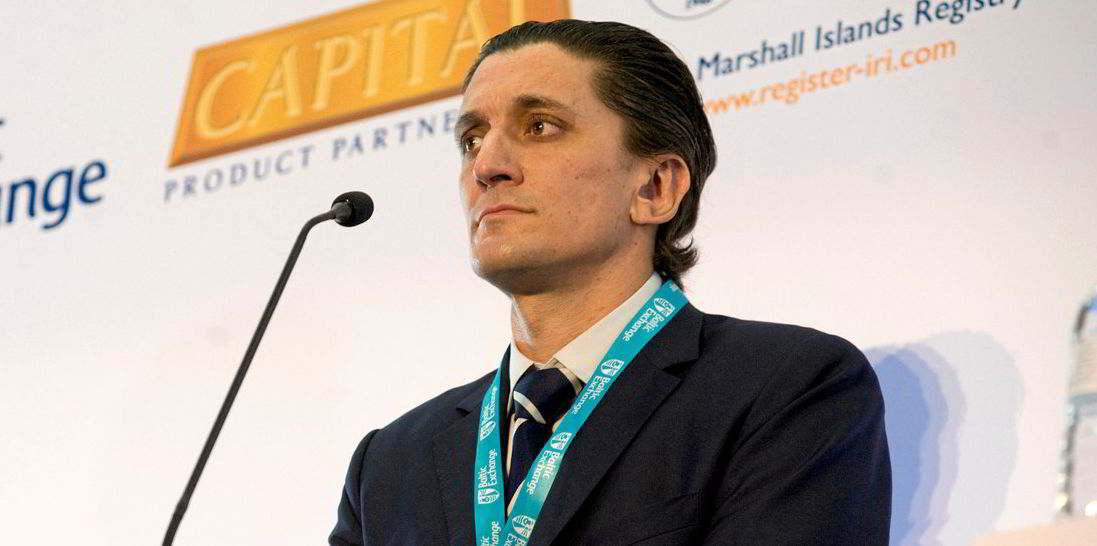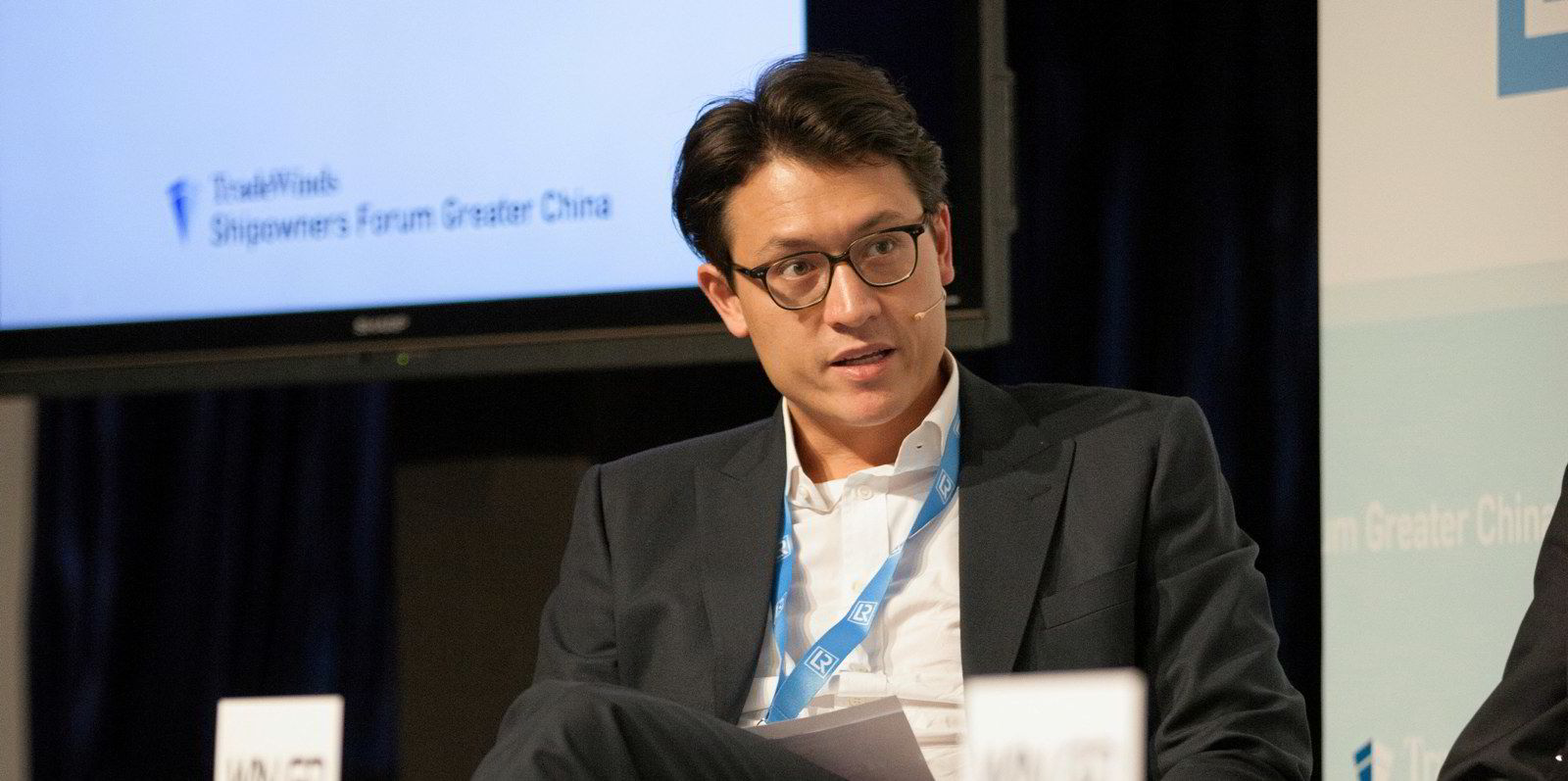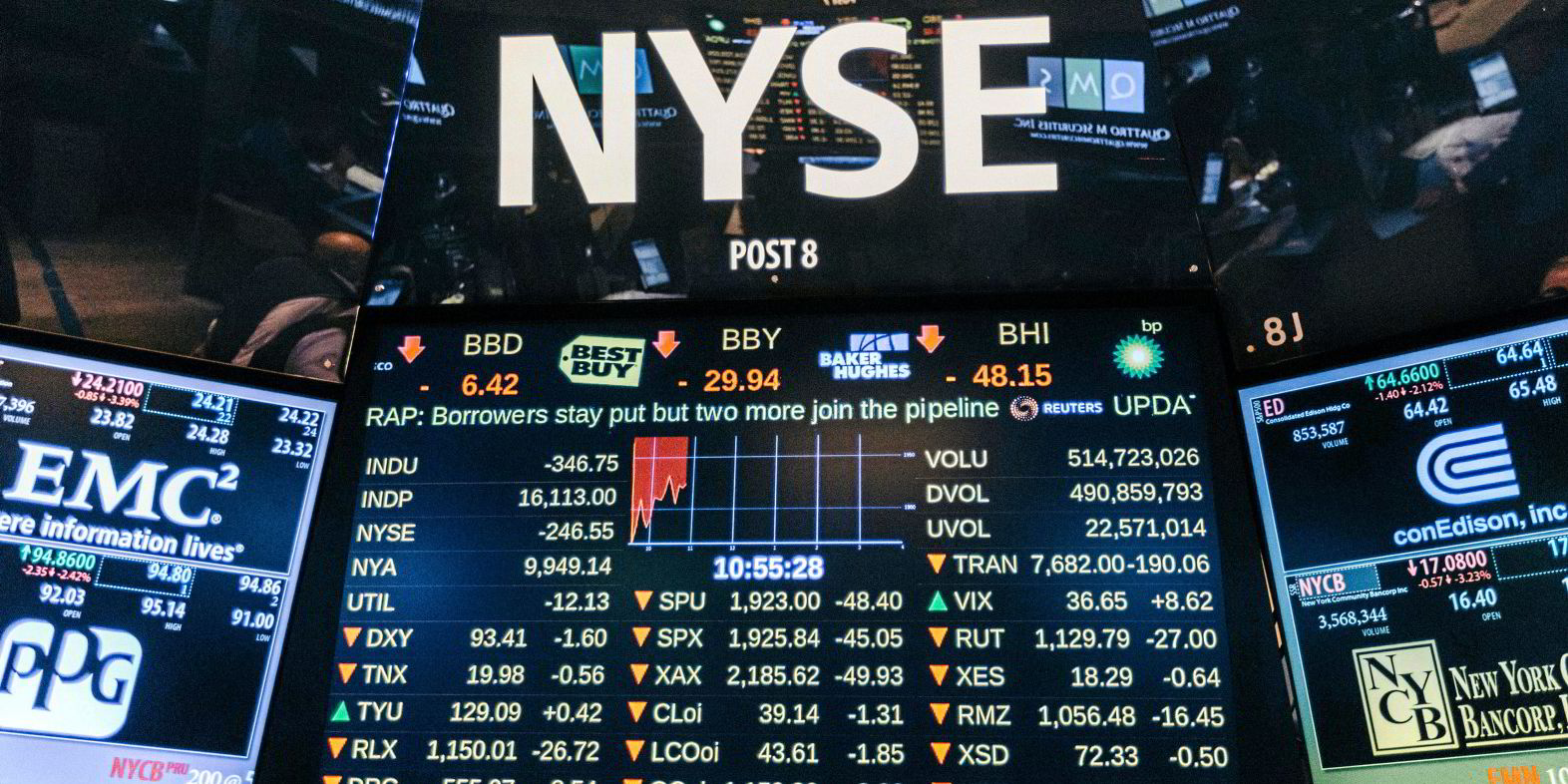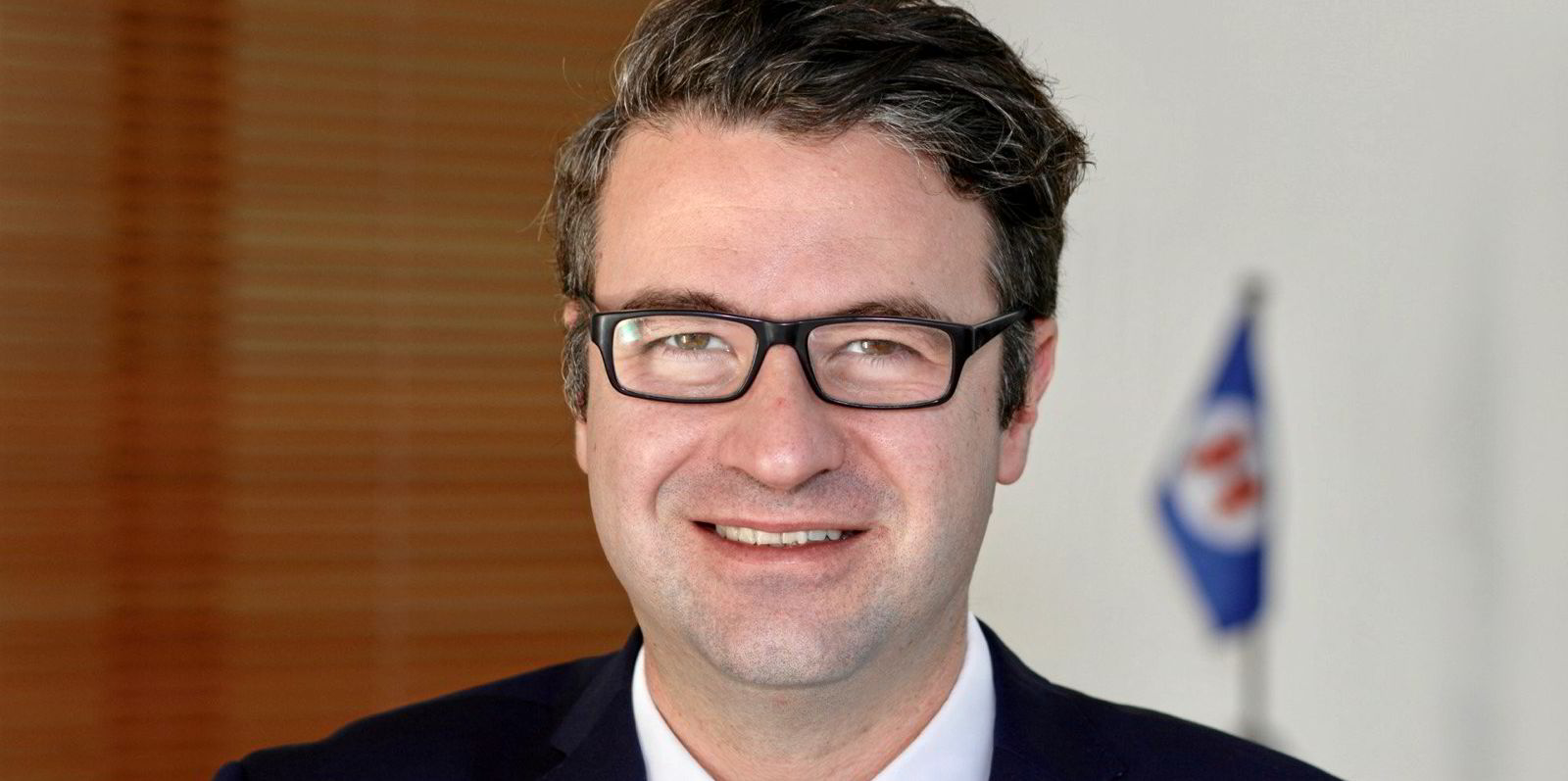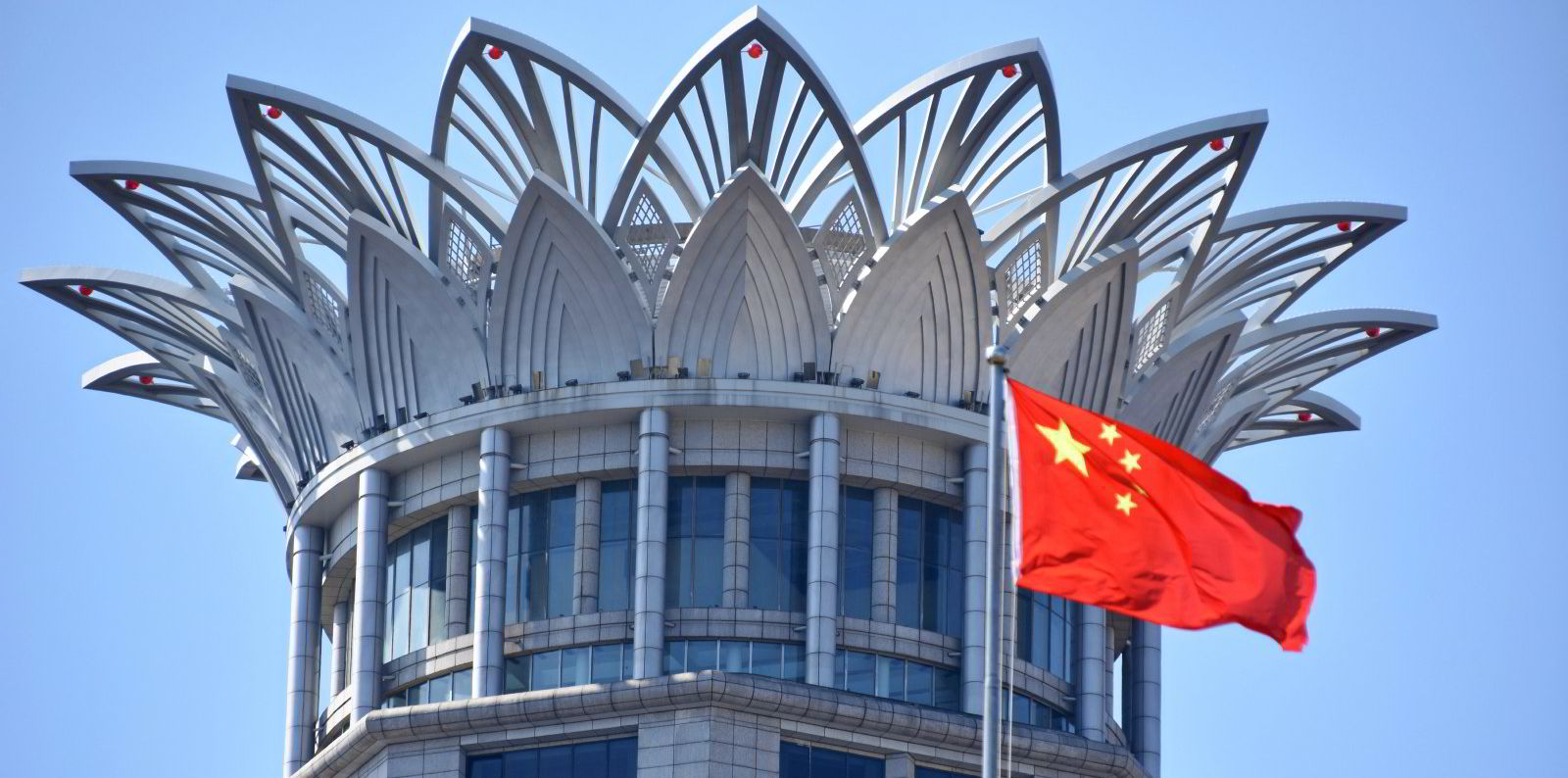Two companies controlled by C Transport Maritime (CTM) have bought supramax and ultramax bulkers in an off-market transaction and are on the hunt for more.
CTM chief executive John Michael Radziwill told TradeWinds that Carras Ltd and CBC Holding have bought a Chinese-built, 63,000-dwt ultramax and a Japanese-constructed, 55,000-dwt supramax.
Radziwill declined to give specific details but said the vessels are between eight and 10 years old, and were acquired during the past month at prices in line with the market.
The ships would currently be worth up to $40m, according to VesselsValue estimates.
The pair will be delivered to the buyers during the third quarter.
Radziwill did not disclose the vessels' sellers but said they were sourced from among CTM's network of clients.
He said the acquisitions will be funded with cash from the companies' respective balance sheets and with bank debt.
CTM, which is privately owned by the Radziwill family's Brentwood Shipping, completed a refinancing for its five portfolio companies last year, including a $200m for public entity Goodbulk, as TradeWinds reported at the time.
As well as managing their respective fleets, CTM runs a portfolio of companies themselves, including providing senior management in the roles of chief executive and chief financial officer — making Radziwill effectively the head of Carras Ltd and CBC Holding.
Price is everything
Radziwill said that deal came primarily down to pricing.
"The belly of the curve is where we see the most value," he said.
"That applies across the board on all the [bulker] sectors, I think. In the panamax case, the eight to 12-year-old demographics are the most attractive, we think, all along the curve — or definitely the cheapest relative to where all the younger ships are trading."
He said the vessels' buyers have factored in possible future technological changes or incoming environmental regulations that could affect trading prospects for the bulkers.
"We think now that the value of the eight to 12-year-olds compensates for extra technological specifications and design that you would get with a one or two-year-old [vessel]," he said.
"We always weigh both, but we think even that those ships might be a little bit more difficult than the newer ships, considering the regulations. We think they are priced in a way that is more value creative than buying a newer ship right now."
The buyers were interested specifically in supramaxes because big advances being made in the freight market have not yet had much effect on asset values.
"The thing about the smaller ships is that we've actually seen asset values at these levels in the past 10 years, but we have not seen the spot market or the forward curve — which, by the way, is still lower than the spot market — at these levels," he said.
"So you have something that is priced for the market of the past years in today's market where we've said 1,000 times we're very positive on the supply and demand."
Market breather
In the meantime, Radziwill said activity in the sale-and-purchase market for bulkers seems to be adjusting after a busy first quarter.
"Activity levels are definitely higher this year but, remember, we started from a lower valuation base so, at those levels earlier in the year, we had a very liquid market," he said.
"[Now] it's a little bit less liquid for two reasons: both sides, buyers and sellers, need to get adjusted to the new level of valuation. It's not just the buyers have come off, but actually there's less sellers in the market too.
"But that's natural when you've gone through this type of a shift, so to speak."
The market may be taking a breather, but Radziwill expects it will be short lived.
"I think it will come back up again when people start accepting that this market is real," he said. "The next six months of this year could be the best we've seen post-crisis [2008].
"I'll go this far: I'll say I would be very surprised if the balance of this year isn't at the highest level we've seen in the various dry bulk sectors since 2008."
